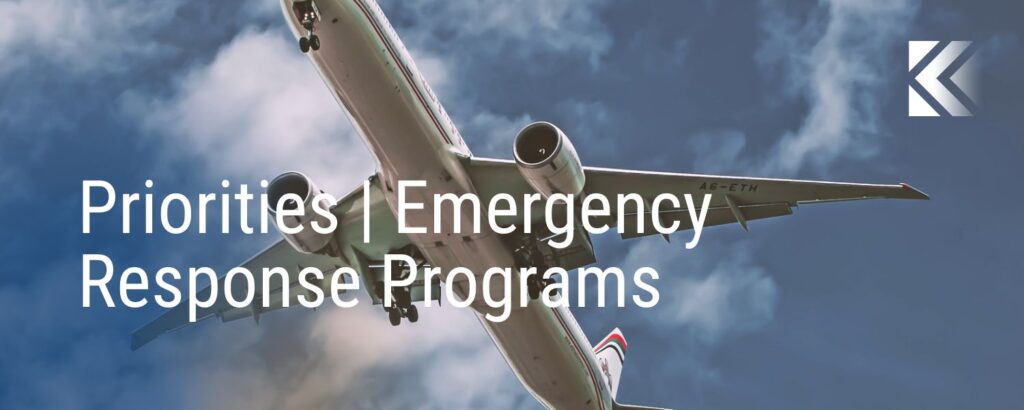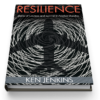Blog, Crisis Response
Priorities Not Procedures
Why do some organizations handle a crisis or emergency better than others? Is it because they plan better? Is it because they have a large emergency response staff? Is it because they have senior-level support? Is it luck?
Within the airline industry (and other industries), it is interesting to see how large or small the ER department may be. Some air carriers have large, robust programs with plenty of staff to train, educate, drill and exercise, while others do not. Does this mean the air carrier with the robust team will perform better in an emergency? Of course, you know the answer to that question!
Why do some companies invest in their Emergency Response Program (ERP) with adequate staffing, funding, and support, while others do not?
Here are some of the answers I have received when I have asked this question:
- Our risk of an accident is minimal. Can’t we get by with the personnel we have? So why do we need a more extensive staff?
- Emergency response is not a revenue-generating department. As a company, we have to keep our expenses low.
- We haven’t had an accident in 6 years. Can’t we use the ER staff for other functions and have them respond to the accident when it happens?
- Do we have to have the gold standard in emergency response? Can’t we just meet the minimum of what is required of us?
Responses like this make me angry, not to mention sad. In my humble opinion, the number of employees within the ER department is not as critical as knowing your organization’s priorities and building procedures around those priorities. Emergency response is about more than just doing the minimum. It is about taking care of the customers we serve and the employees within the organization and responding with the values of the company we work for so the business can survive the disaster.
 What is your company’s motivation to respond to a disaster?
What is your company’s motivation to respond to a disaster?
- Is it mandated by law to respond?
- Corporate and moral responsibility to effectively respond?
- Simply the right thing to do?
Emergency response planning is not just about the response but about assessing priorities and vulnerabilities. To whom are we responding? How should we best respond? How do we reduce the risk of second assaults? Where are we strong? Where are we weak? What needs to be improved? Identifying our most valuable assets? How to take care of our most valuable assets? In short, what are your priorities? Are your emergency response priorities aligned with your company mission, culture, and brand?
Some companies say they are customer-focused or customer driven. Still, when it comes to ER, their priorities are maintaining the company brand and image, not addressing the customer or employee needs in the aftermath of a disaster. Emergency response is a delicate balance of responding to all stakeholder needs, internal and external, while responding with the organization’s humanity.
Many organizations are willing to take a long, hard look at where they are vulnerable. If an emergency occurs, where and what should be addressed first, second and third? Different situations may require different approaches, but each potential situation is identified, and the plan is written accordingly. Contrary to popular belief, one size does not fit all.
In my book, Resilience: Stories of Courage and Survival in Aviation disasters, I discuss the importance of having options. My belief is “options equal success™.” Examine each situation and review the various options you have. Sometimes, in the heat of a response, we may feel closed in, like there are no options. Remember, the more options you discover, the more effective your response may be, even if you do not have the adequate staff or support you deserve.
If you would like more information on priority calibration for your organization, please contact me.
Comments are closed





